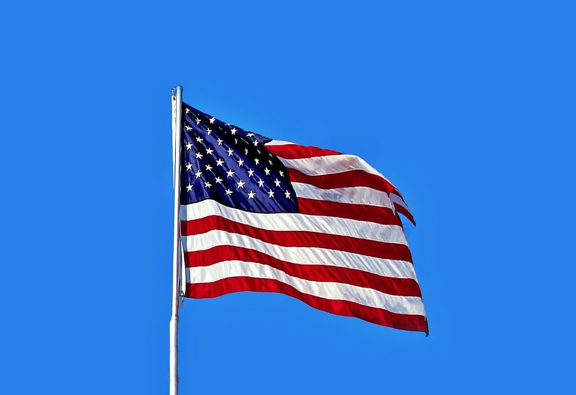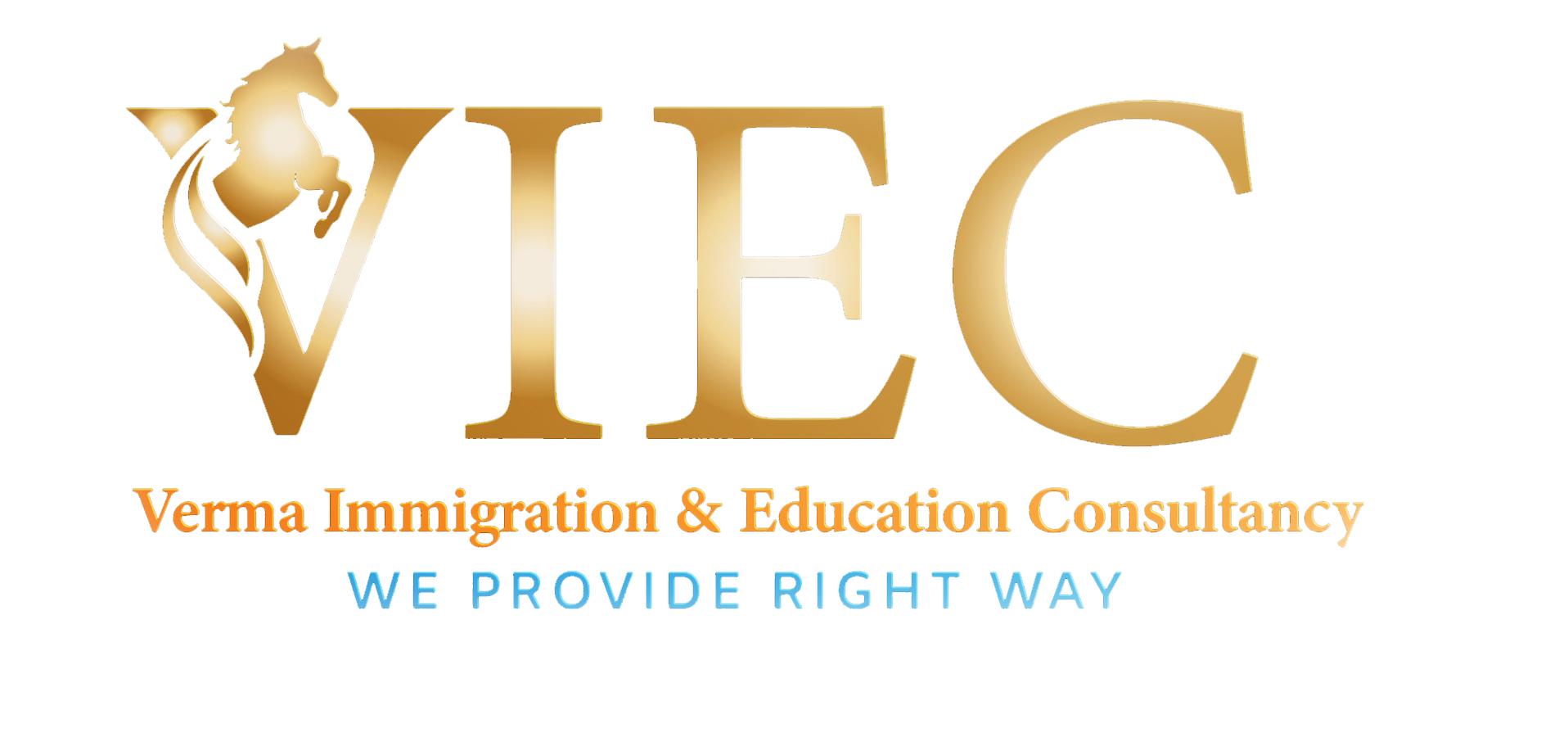
Why U.S.A
A highly developed country, the United States is the world's largest economy by nominal GDP, the second-largest by purchasing power parity, and accounts for approximately a quarter of global GDP.The United States is the world's largest importer and the second-largest exporter of goods, by value.Although its population is 4% of the world total, it holds 31% of the total wealth in the world, the largest share of global wealth concentrated in a single country.
The USA is the world's foremost economic and military power, with global interests and an unmatched global reach.
Study in U.S.A
The United States has many competitive private and public institutions of higher education. The majority of the world's top universities listed by different ranking organizations are in the U.S. There are also local community colleges with generally more open admission policies, shorter academic programs, and lower tuition. In 2018, U21, a network of research-intensive universities, ranked the United States first in the world for breadth and quality of higher education, and 15th when GDP was a factor. As for public expenditures on higher education, the U.S. trails some other OECD nations but spends more per student than the OECD average, and more than all nations in combined public and private spending.

USA Student Visa Requirements (F1 Visa)
You will generally need the following for your US Student Visa application:
- A valid passport with a validity date at least six months beyond your period of stay
- Recent passport size photograph
- Confirmation page of DS-160
- Form I -20
- Payment of application fees for SEVIS
- Application as a non-immigrant
- Your University will make you aware of additional requirements if any prior to your application
AFTER YOU GRADUATE:
- F1 visa holders are eligible for up to 12 months of OPT (optional practical training) on completion of graduation. That means you can work for a year after you finish your studies
- It is temporary employment permission allowing students the opportunity to gain practical experience in their field of study
- After that, you’ll be required to apply for a work visa if you have to continue working in the US. You can remain in the US up to 60 days after the completion of your course even if you don’t have a job offer or haven’t applied for OPT
Top Universities
| QS World University Rankings | University Name | QS World University Rankings | University Name |
| 1 | Massachusetts Institute of Technology (MIT) | 20 | University of Michigan |
| 2 | Stanford University | 21 | Johns Hopkins University |
| 3 | Harvard University | 26 | Duke University |
| 4 | California Institute of Technology (Caltech) | 27 | The University of California, Berkeley (UCB) |
| 9 | University of Chicago | 32 | The University of California, Los Angeles (UCLA) |
| 13 | Princeton University | 34 | Northwestern University |
| 14 | Cornell University | 41 | The University of California, San Diego (UCSD) |
| 15 | Yale University | 43 | New York University (NYU) |
| 16 | Columbia University | 46 | Carnegie Mellon University |
| 19 | University of Pennsylvania | 53 | University of Wisconsin-Madison |
Student dependent visa
The student dependent visa is called the F2 Visa. The F2 visa is a non-immigrant dependent visa where the immediate family members of the F1 student visa holders can come to the US. Dependents include the spouse and unmarried children under the age of 21.
Eligibility conditions for the F2 visa
- Must be the spouse of an F1 student visa holder.
- Must be the dependent child (under 21 years and unmarried) of an F1 visa holder.
- Applicant must have enough financial resources to support the family in the US
F2 visa requirements
- Passport (both original and photocopies)
- Visa application confirmation (DS-160)
- A photograph conforming to U.S. visa rules
- Birth certificate for dependent children
- Marriage certificate for spouses
- Visa fee payment receipt
- Applicant’s I-20 form
- Copy of F1 visa holder’s I-20 form
- Applicant’s bank statements, tax records, and employment documents as proof of financial stability
Benefits of F2 visa
Extended visa stays
If the primary F1 visa holder extends his / her stay, then the F2 visa dependents are also automatically eligible to apply for the extension. Filing Form I-539 is enough to renew your F2 visa along with proof of your financial status.
Change of visa status
You can enter the U.S. on an F2 visa and subsequently request a change of visa status. By enrolling in a US higher education program, you can change your visa status to F1. If you find an appropriate job, you can request a change of visa status.
Getting a Green Card
While you get a Green Card automatically when your primary F1 visa holder receives one, you are also eligible to apply for one on your own. You can change your visa status to a different one which allows for dual purpose (e.g. L1 visa) and then apply for a Green Card. If you find employment, you become eligible for a Green Card.
Access to healthcare
F2 visa holders have access to medical services and hospitals in the US. However, if you plan on a long stay or expect a medical situation, it makes sense to buy a health insurance plan to cover the high costs of health care.
F2 visa restrictions
- No permission to work
- Not eligible for Social Security Number
- Not allowed to pursue higher education
- Cannot enter the U.S. before the F1 visa holder
- As you are not eligible to work, you can’t get a Social Security Number (SSN).
- You can’t get employment in the United States on an F2 visa. But you’re allowed to do unpaid voluntary work, but you can’t get any remuneration for it.
- You cannot do a Bachelor’s or Master’s degree program on the F2 visa. Yet you are eligible for recreational and vocational training courses. Dependent children on an F2 visa can complete primary, middle and high school education. If you are looking to pursue higher studies, you must first apply for a visa status change.
- You must either be accompanied by the primary F1 visa holder or fly later after the F1 holder for first-time travel to the U.S. on an F2 visa. You can’t enter the United States before the F1 visa holder. This only applies when you are first entering the U.S. and not for subsequent travel.
M1 visa – Student visa (Vocational Course)
M1 visa is a type of non-immigrant visa issued by the USCIS to foreign students looking to study in the United States, but not every student receives an M1 visa. This is primarily intended for those who want to pursue vocational training in the U.S.
Students can enter the US with an M1 visa and complete their full-time vocational studies.
What can you do with an M1 visa
Using the M1 visa, as a student, you can obtain a driver’s license, a bank account based in the U.S., access to health care services, and apply for work under certain restrictions. If your M1 visa status is valid you can bring in your relatives as dependents to live with you in the United States.
What you cannot do
Apply for full-time employment outside the campus
Study the full-time course as part-time operation (which means strict monitoring of attendance)
Switch from one institution to another after six months of program commencement (you can do so before six months)
After completing your vocational course, continue with a bachelor’s degree or other types of degree
Requirements for visa application
- You have applied for non-academic or vocational training courses in the US
- You meet the minimum education qualification required for admission into the vocational course.
- You were admitted by a U.S.-based educational school and got the Form I-20.
- You have the appropriate level of proficiency in English
- You’ve shown you’ve got enough funds to cover your expenses while you’re in the US
- You have permanent residence in your country of origin
- You have no intention of remaining in the US and will leave after your education is complete
- The institution is convinced that the education you are receiving will benefit your country of origin
Documents required
- Passport valid for at least six months
- DS-160 confirmation
- Visa appointment letter
- Recent photographs
- Fee receipts
- Educational certificates
- Proof of financial stability
M-2 Visa:
The M-2 nonimmigrant visa enables the dependent spouse and children under the age of 21 of a
valid M-1 student visa holder to come to the US.
To Qualify For The Visa, You Must:
Prove your purpose to temporarily stay in the US
Prove that you are the applicant’s dependent spouse or child, under the age of 21
With An M-2 visa You Can:
- Study in an elementary or secondary school
- Study in a vocational or recreational school
- Travel in and out of the U.S.
On M-2 visa, you cannot:
- Try for admission at a US university
- Seek employment in the US
Duration Of Stay
You may stay on an M-2 visa in the U.S. as long as the applicant for the principal M-1 is in status. This may be for one year or for the period required by the principal M-1 applicant to complete the study course up to a maximum of 3 years plus 30 days to depart afterward, whichever is less.
J-1 Visa
J-1 Intern category visa of the J-1 Exchange Visitor Program is to give foreign students and recent graduates the opportunity to develop their skills while gaining knowledge of US business practice and culture.
On returning to their own countries, interns are expected to share the cross-cultural and professional experience they have gained in the U.S. A lot of internships are paid.
- Applicants should be mindful that the J-1 Interns’ Visa System is designed purely as a way of taking part in an internship. U.S. state department specifically forbids the use of the J-1 Visa System for interns to fill the role of a regular employee.
- As an intern, it is strictly forbidden for the applicant to accept any employment outside of their internship in the US. If an applicant is found to be engaged in unauthorized work, he will be subject to the immediate termination of the J-1 Visa Program and can be deported. He must face penalties through the U.S. Citizenship and Immigration Services (USCIS).
Eligibility conditions
To be eligible for Sponsorship on the J-1 Intern Visa, applicants must have secured an internship with a company in the US in any one of the following fields:
- Agriculture, Forestry, and Fishing;
- Arts and Culture;
- Construction and Building Trades;
- Education, Social Sciences, Library Science, Counseling and Social Services;
- Health-Related Occupations;
- Hospitality and Tourism;
- Information Media and Communications;
- Management, Business, Commerce and Finance;
- Public Administration and Law; and
- The Sciences, Engineering, Architecture, Mathematics and Industrial Occupations.
Applicants must also:
Have proficiency in English
Be prepared to leave the USA within 30 days of the program being completed. The USCIS is granting this time to allow planning for the return to home. Applicants may not continue the program or complete it, nor work during this 30-day period. They may, however, travel within the United States
J2 Visa:
The J2 visa is a US Citizenship and Immigration Service (USCIS) provided a visa. It is a special visa issued to spouses and dependents of J1 visa holders. These individuals may go on to accompany or ultimately join a J1 visa holder in the US.
Duration of visa
The duration of this visa varies since J2 visa holders are granted the same period of stay as the J1 visa holder.
Eligibility requirements
- Spouses are given preference for this visa and will be made eligible immediately.
- Dependents have to be under-21 and unmarried, otherwise, they would not be eligible for this visa.
- J1 visa holder must be physically present in the United States before the J2 visa holder can reach the U.S. So if you enter separately the holder of the J1 visa must arrive before you.
Required documents
DS-2019: This is the form that allows you to apply for a dependent J2 visa. That will be issued in your home country by the U.S. embassy. Strictly speaking, DS-2019 is not a form; it is a certificate proving your eligibility to accompany the holder of the J1 visa on their exchange program. So, you’re not going to submit this document but will carry it for the whole time you’re staying in the U.S. I-94
This document summarizes your departure and arrival in the U.S. You need to show this document whenever you’re crossing the border. Unless this is your first time in the United States, then your copy of the I-94 will be sent to you.
J2 Visa Sticker: The J2 visa sticker in your passport indicates that you have been granted J2 visa status and are accompanying the holder of the J1 visa.
Permission to Work: As a J2 visa holder, you can work in most cases. For this, you will have to file Form I-765, Application for Employment Authorization. If this is approved, you can work for up to one year, after which you can renew the permission.















